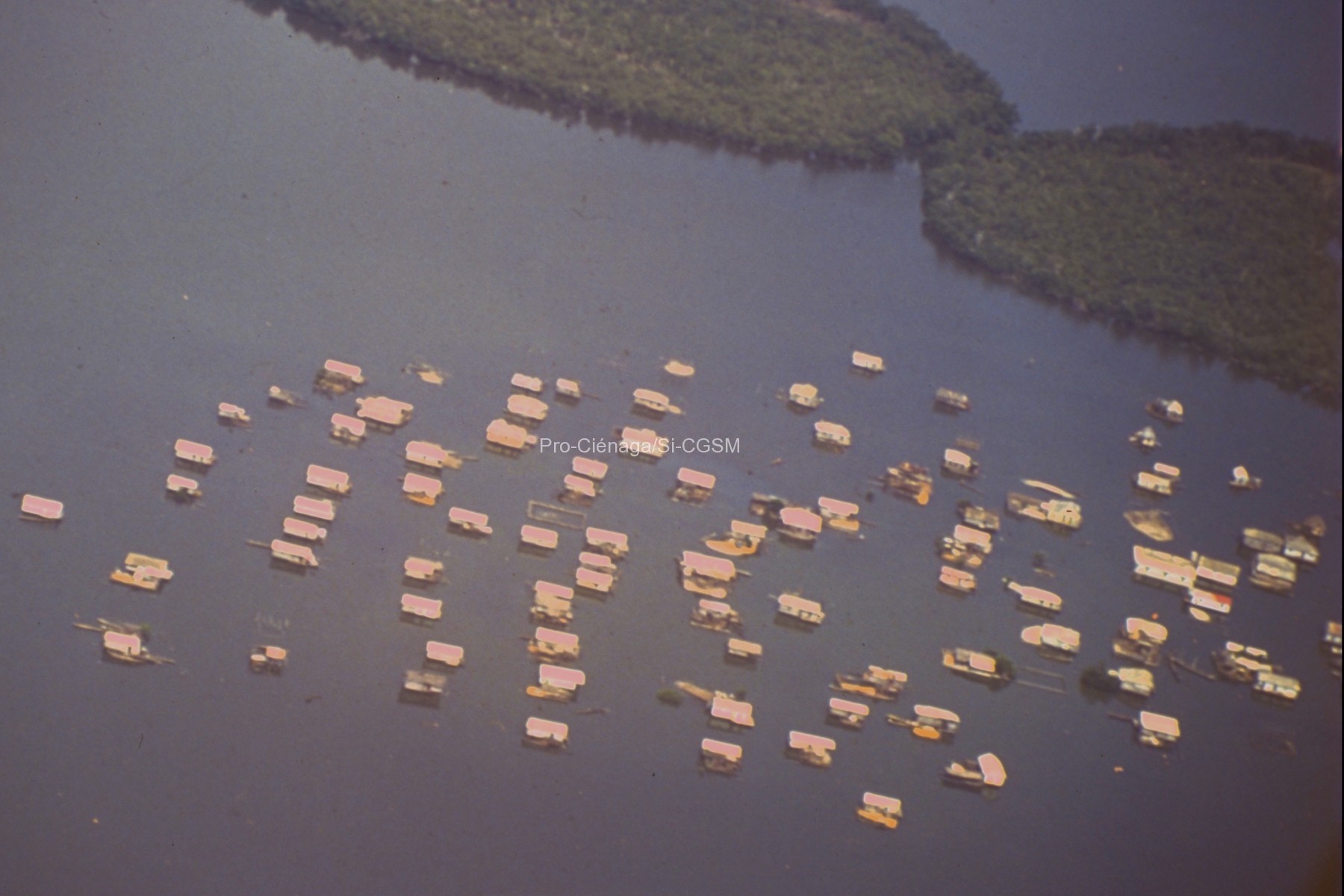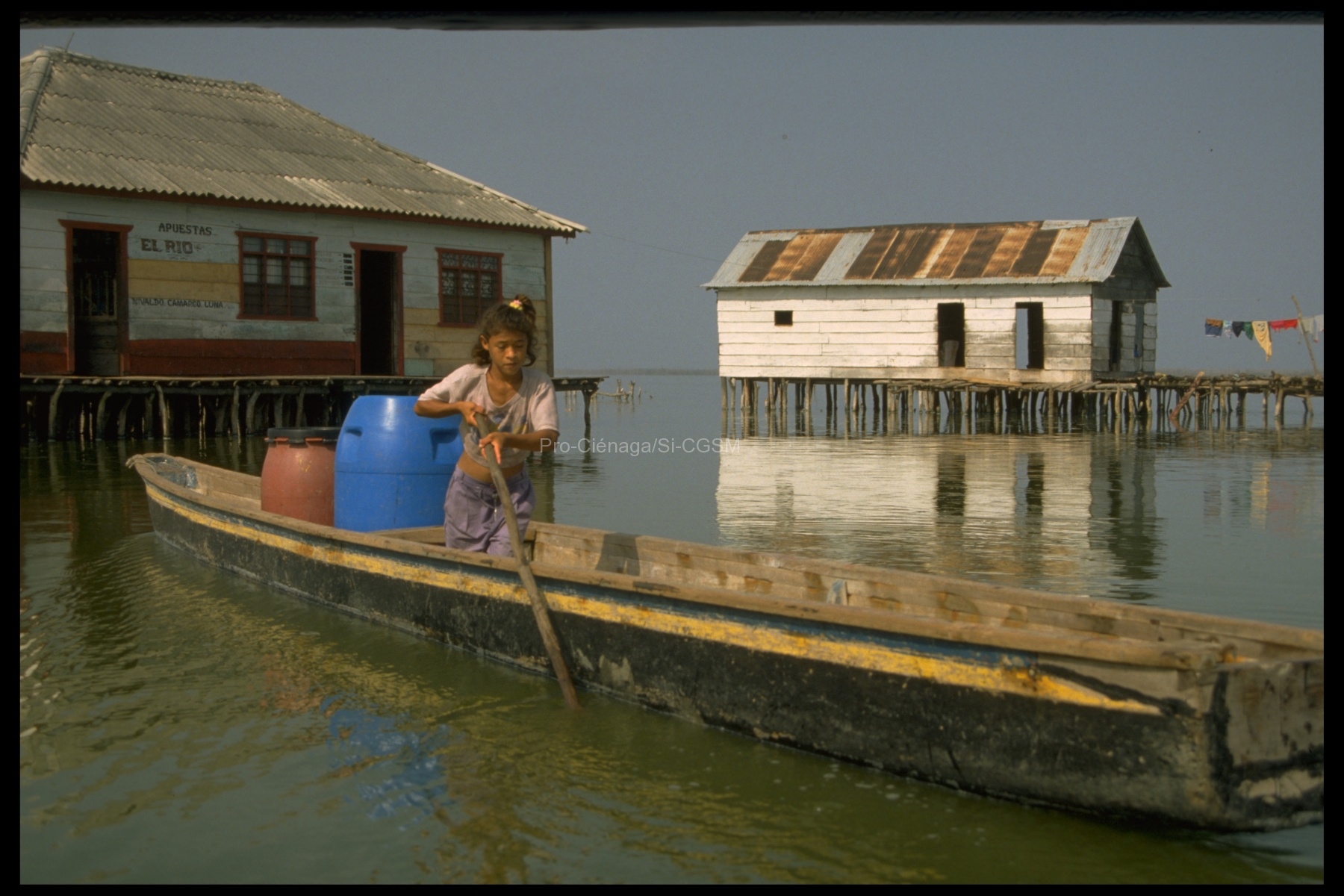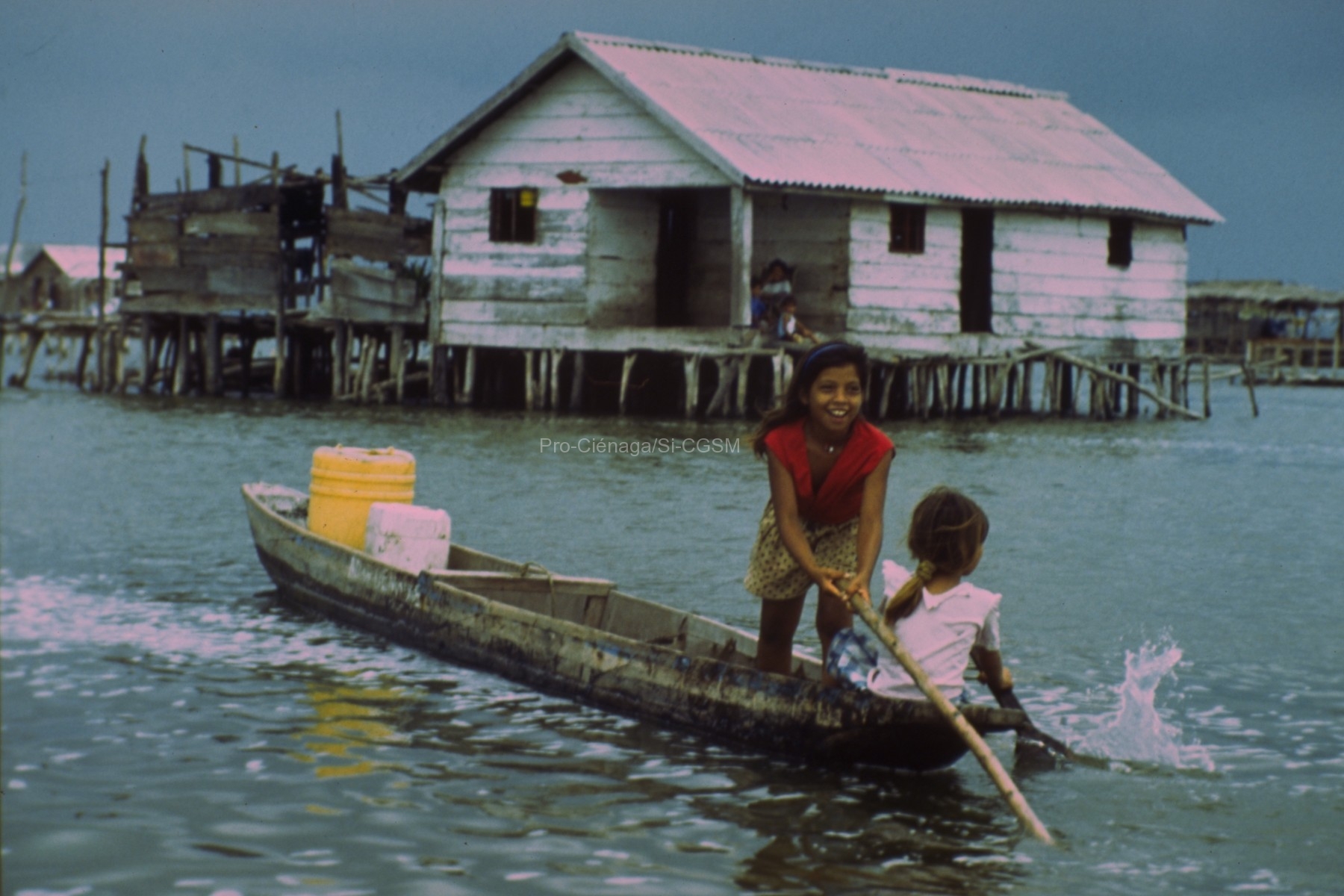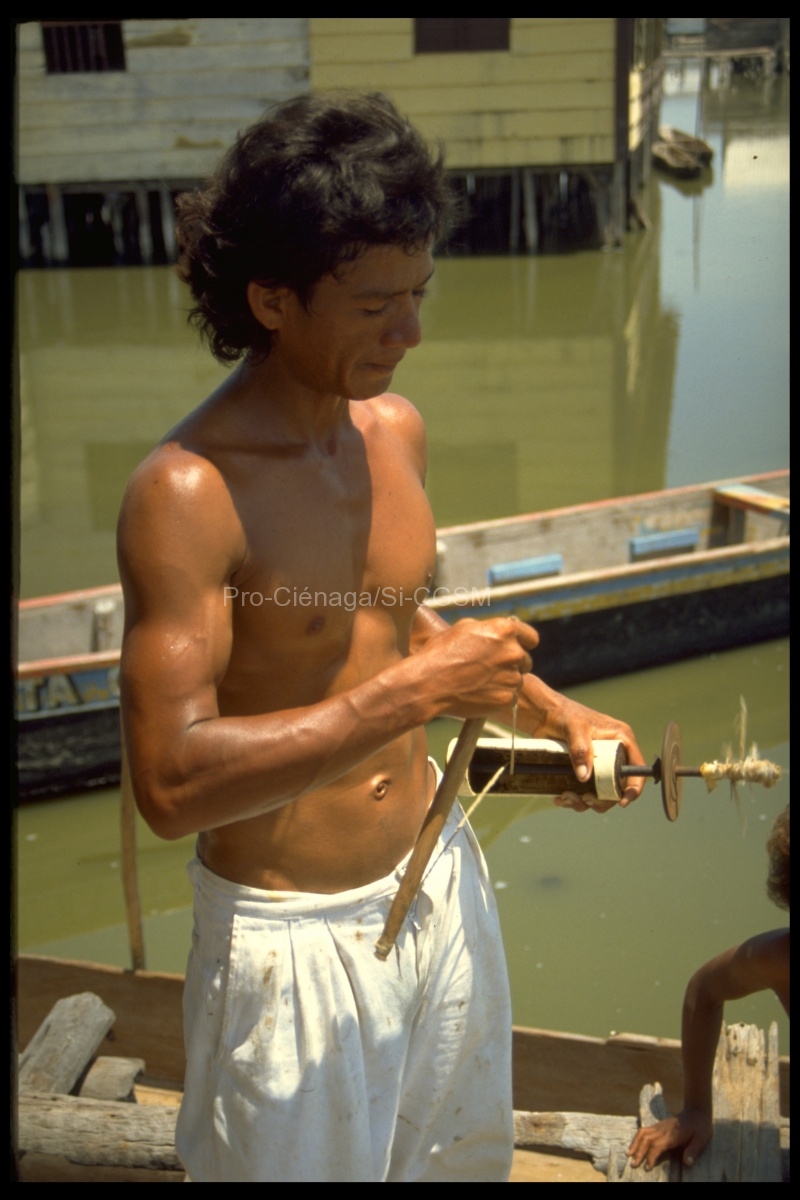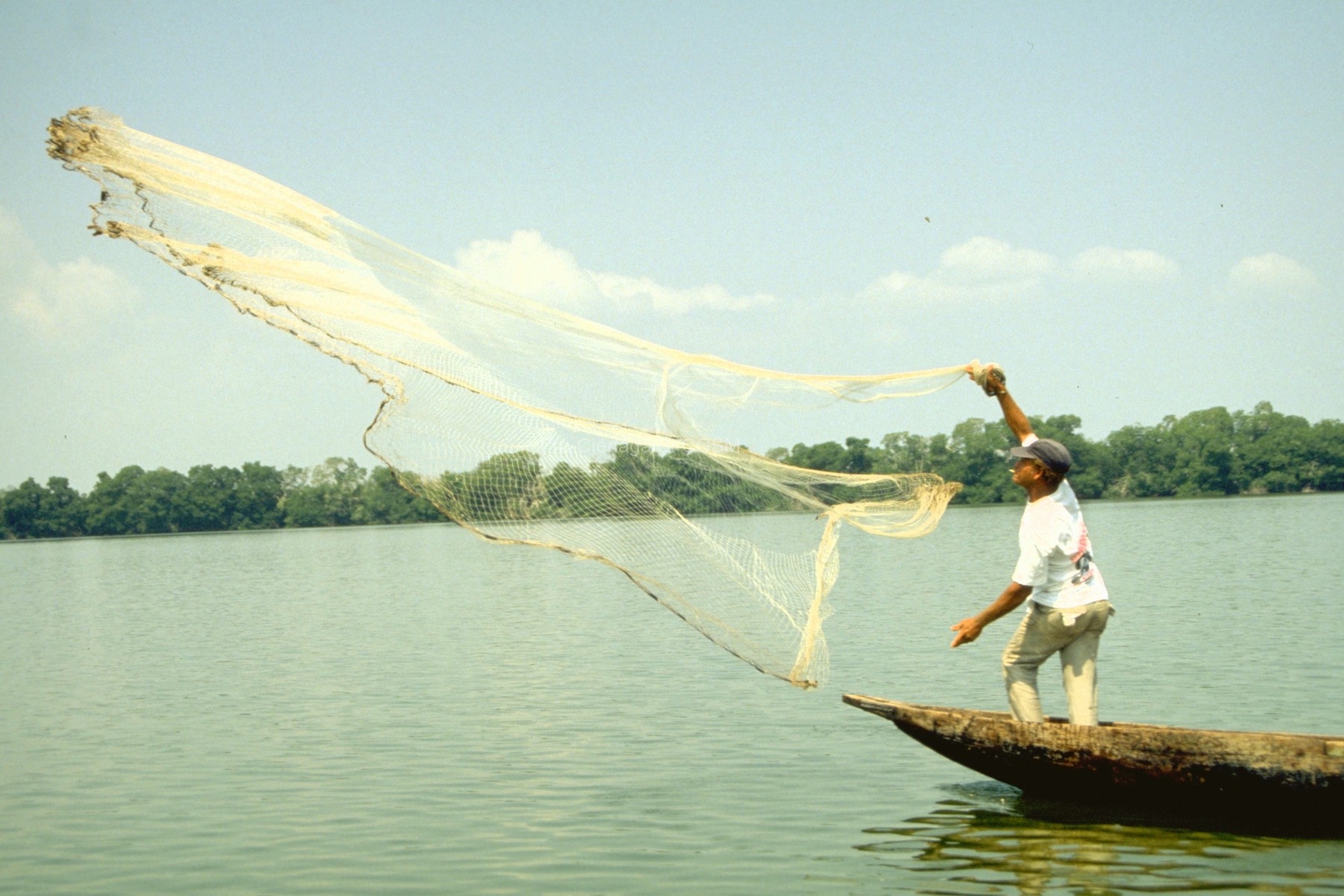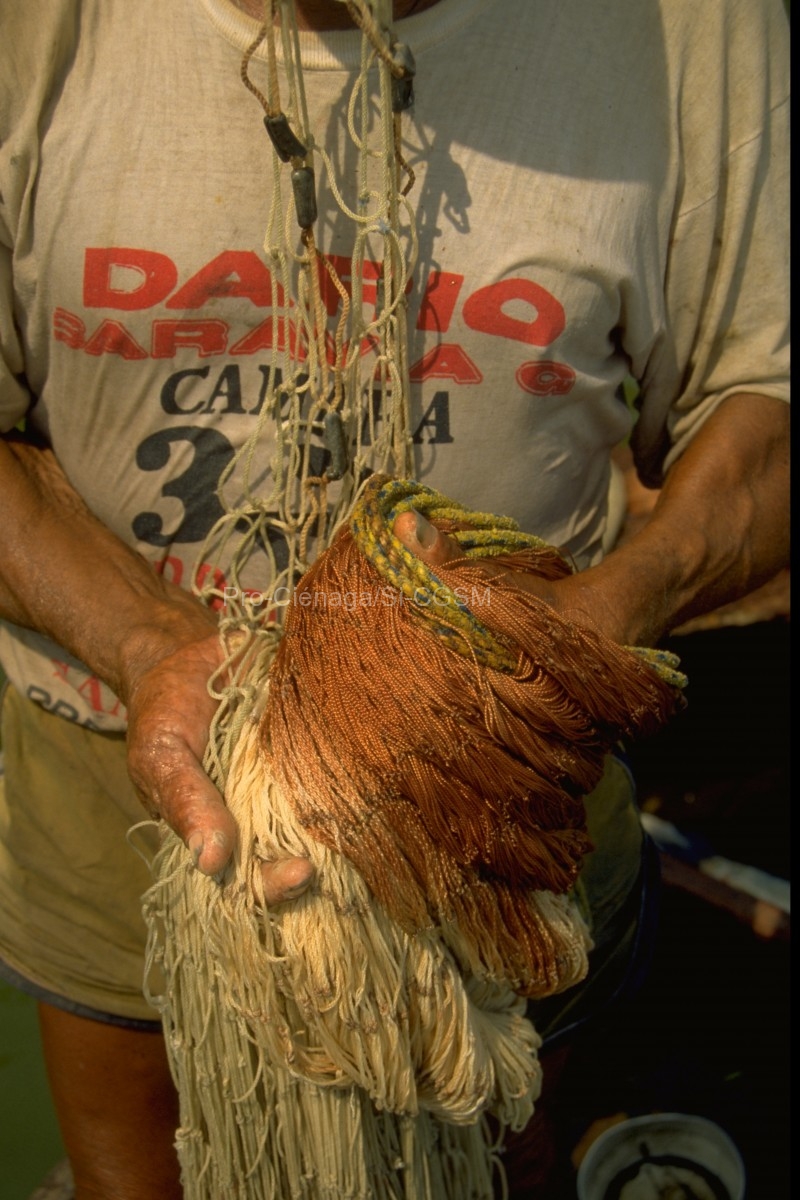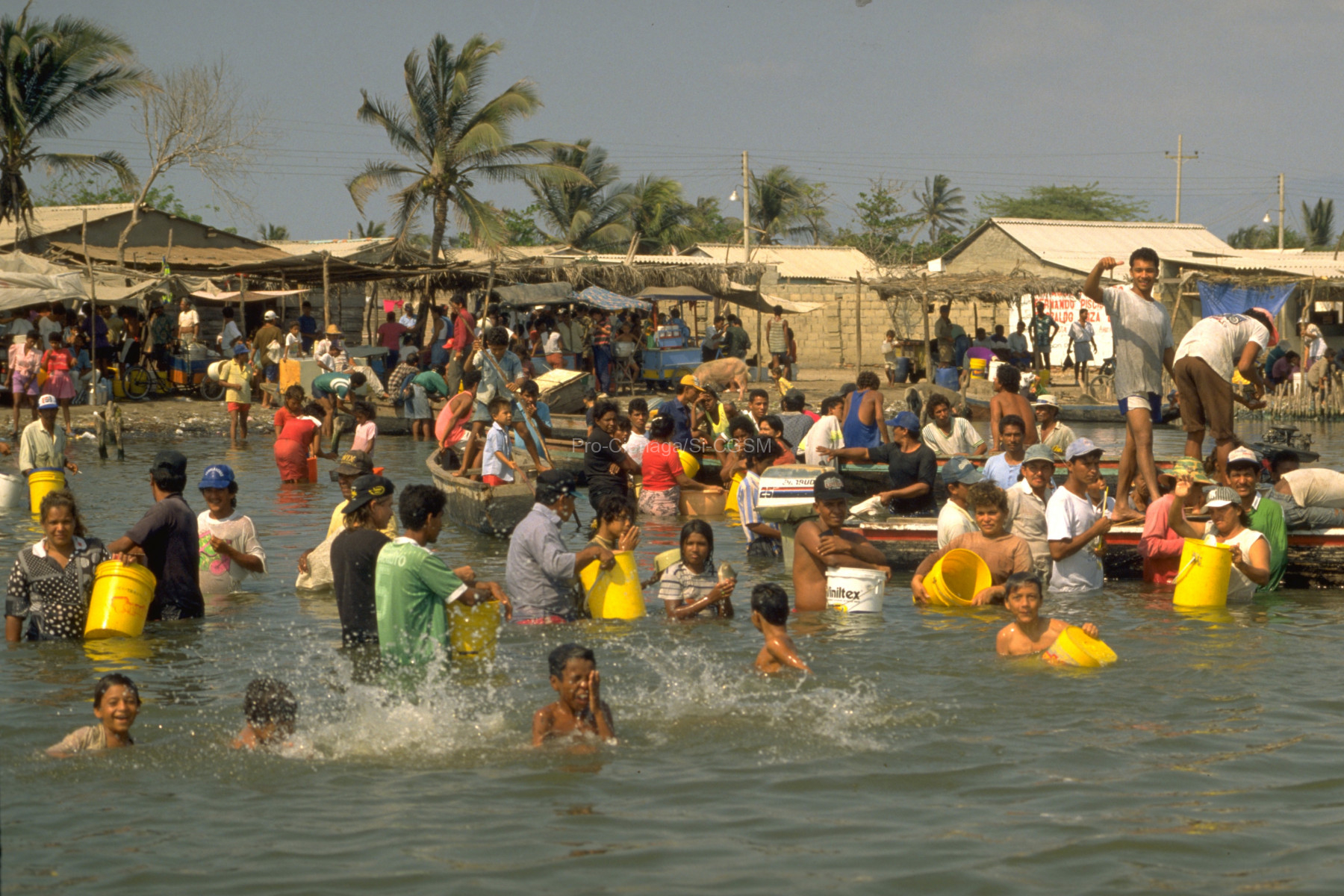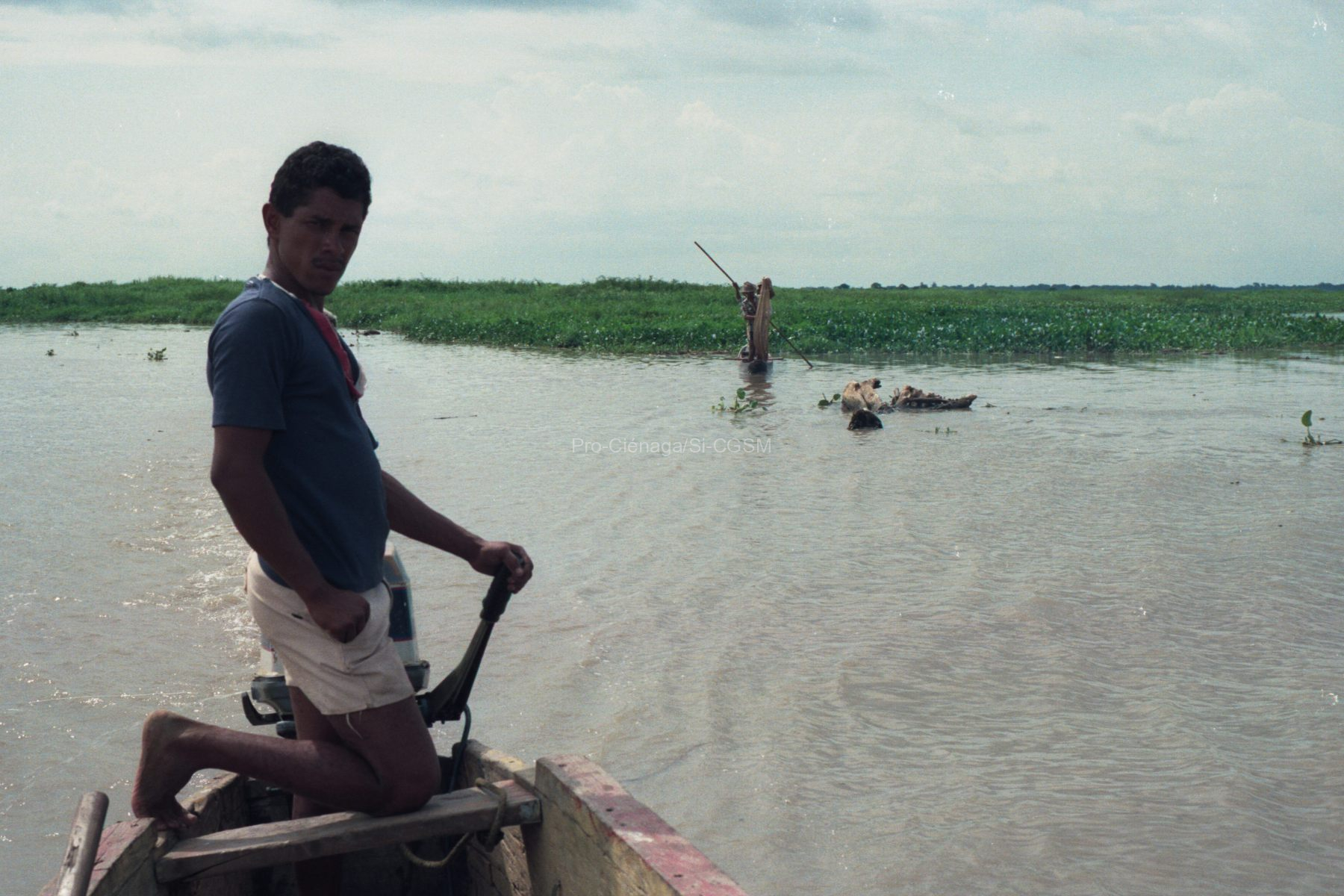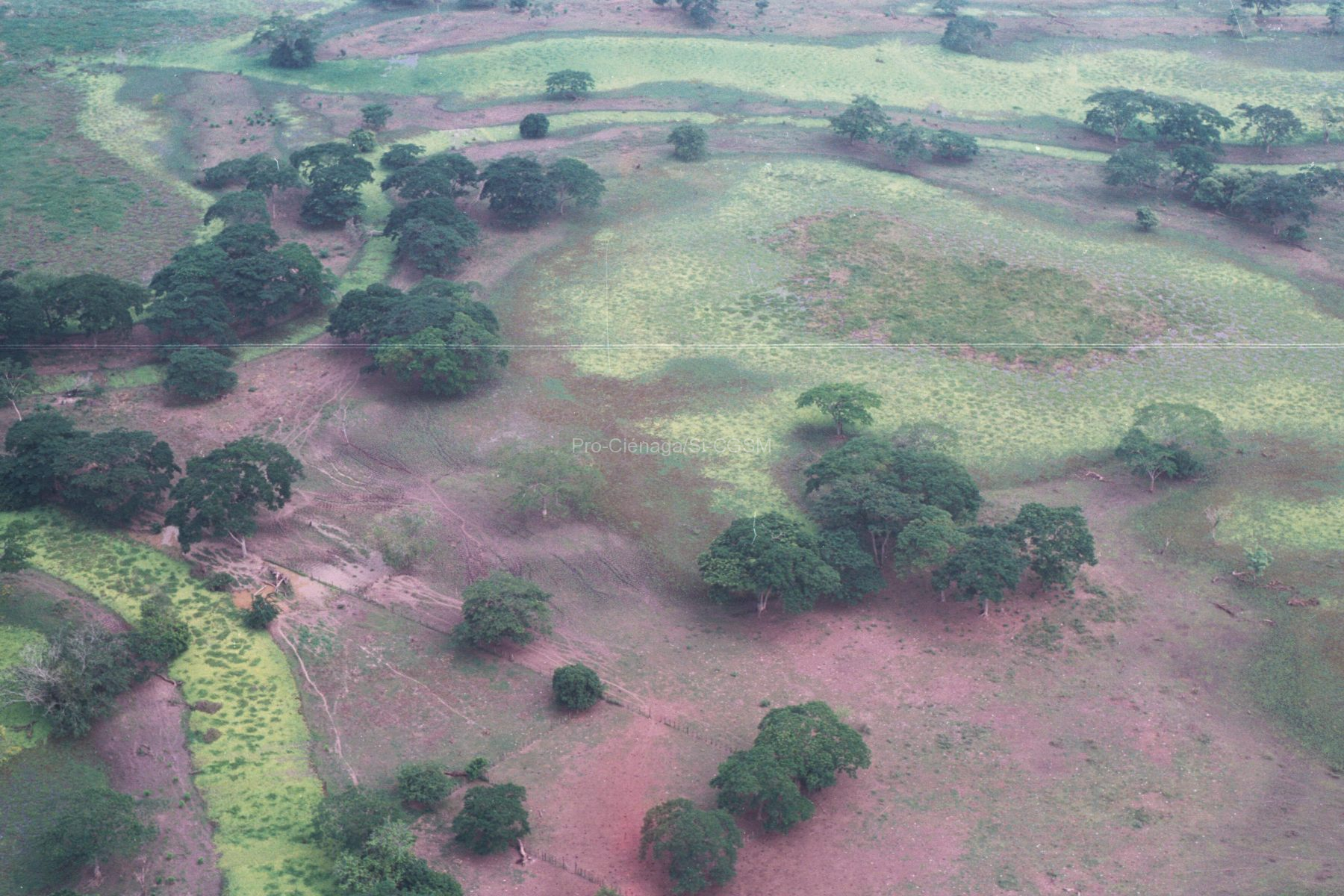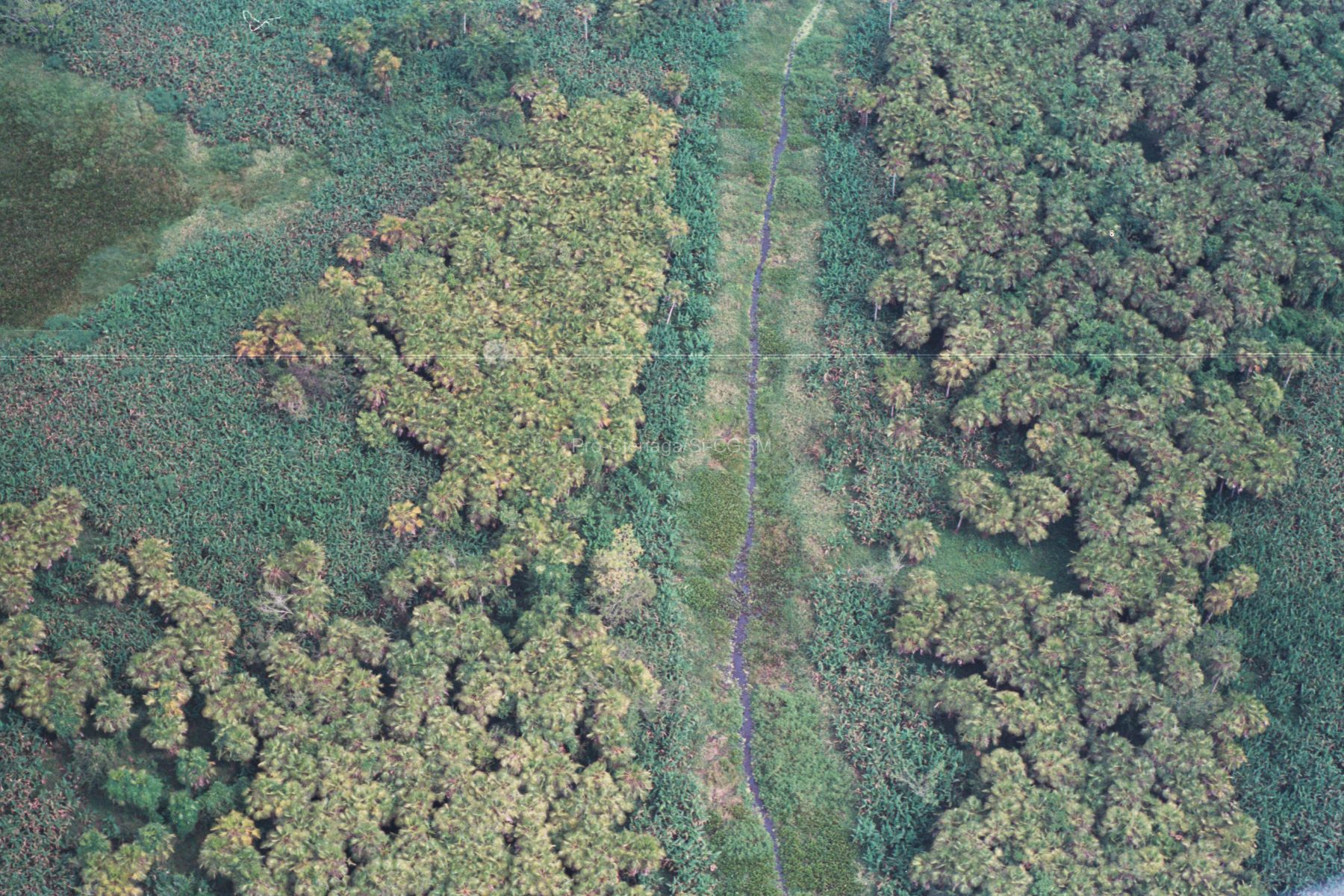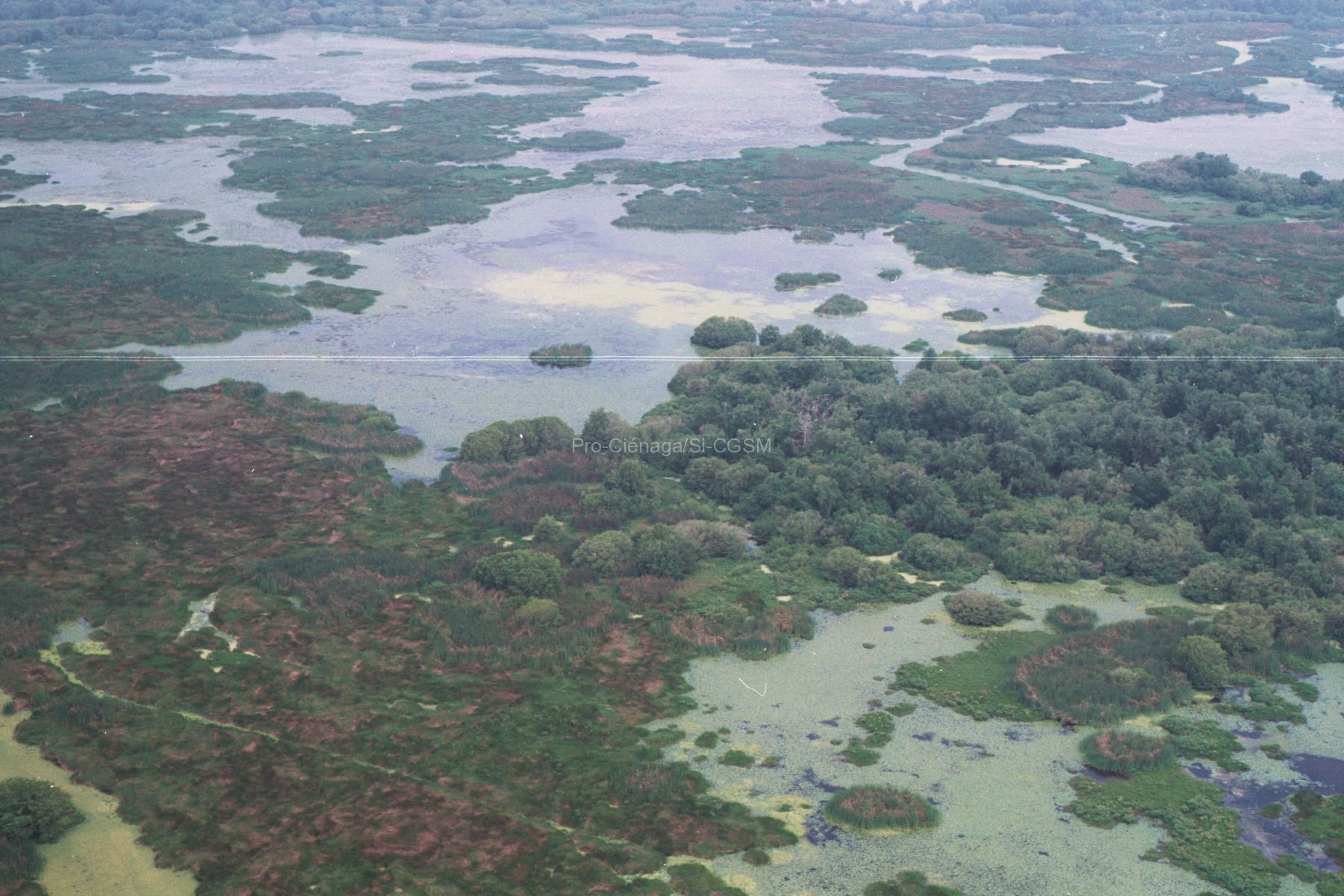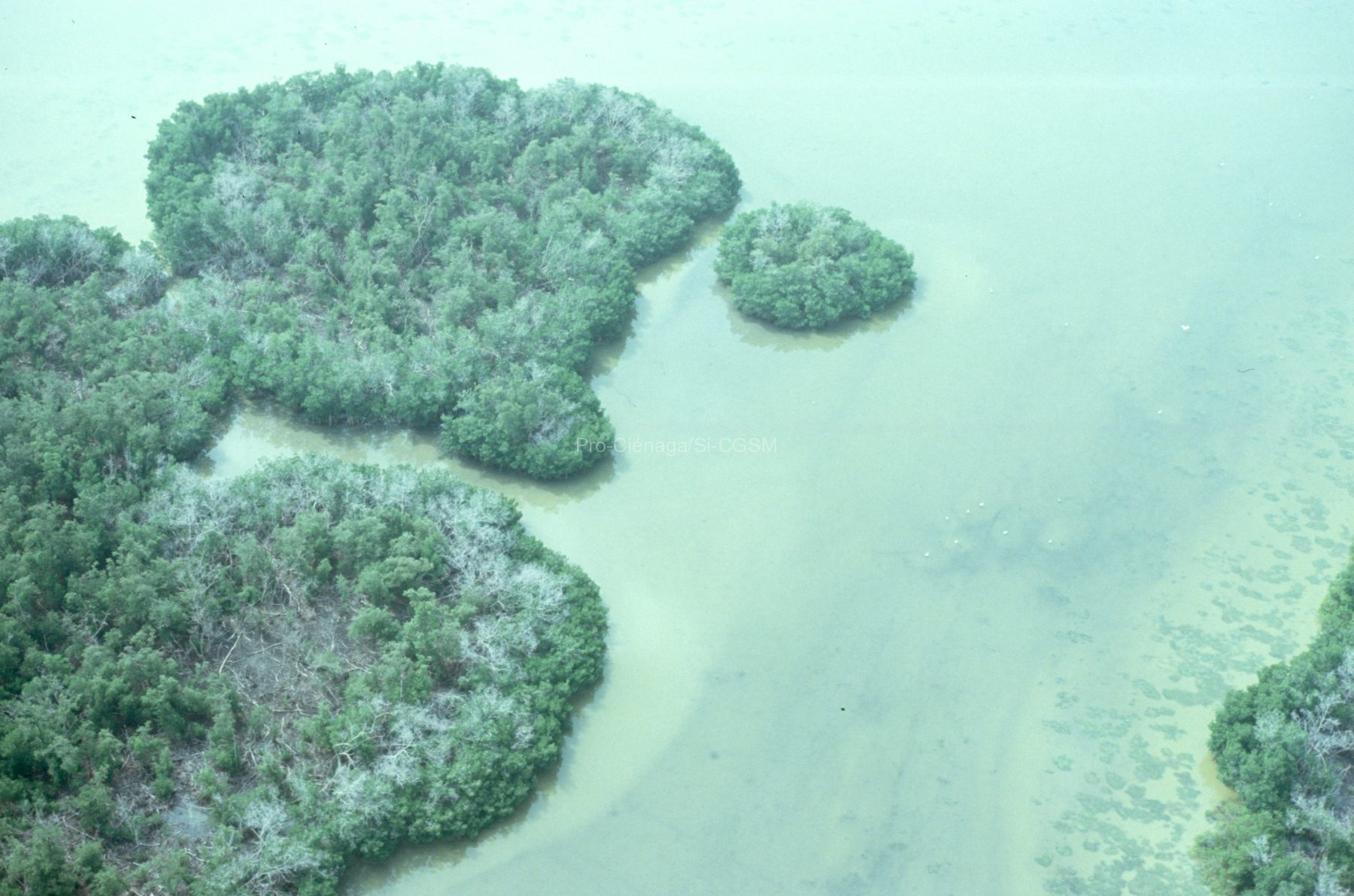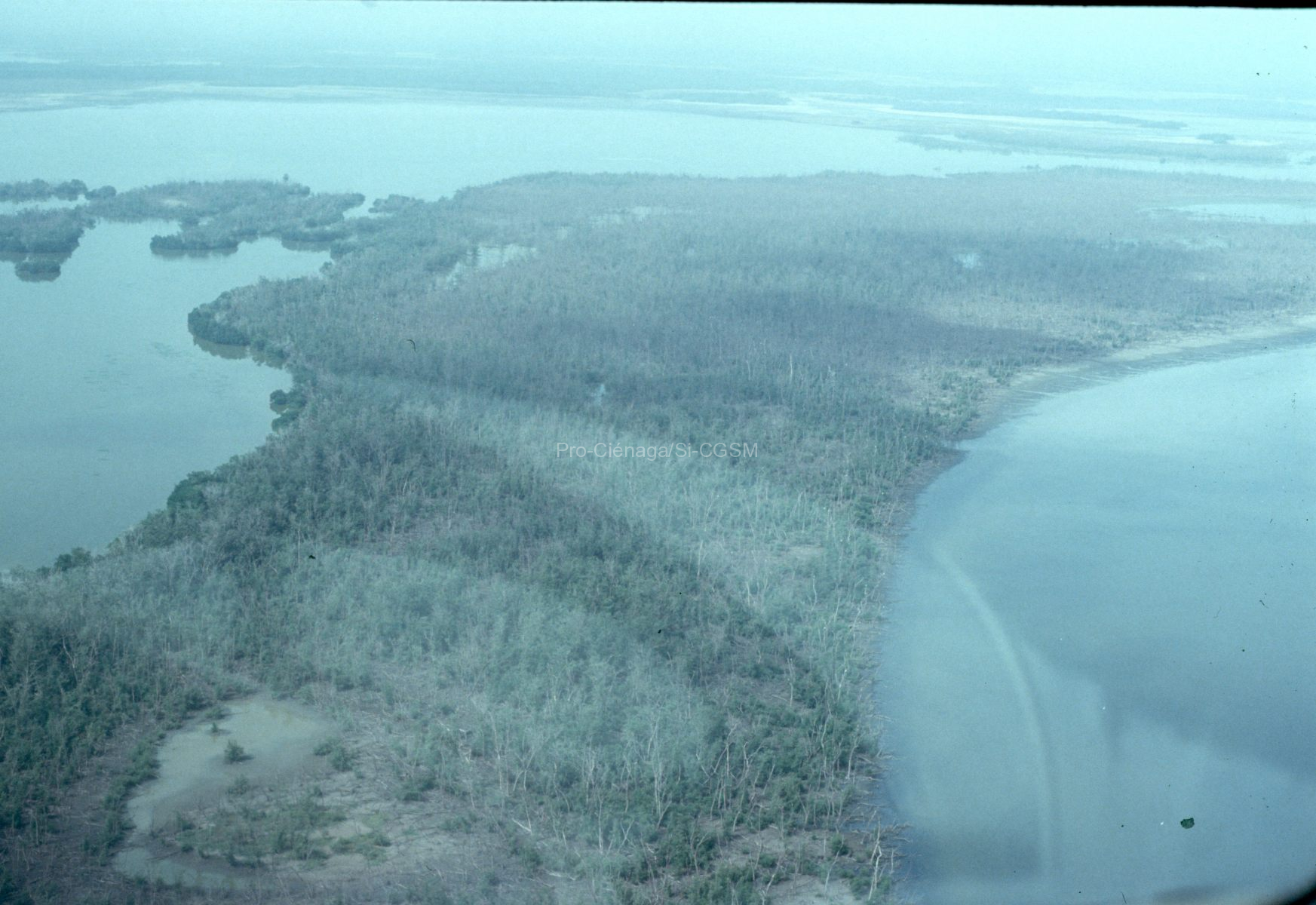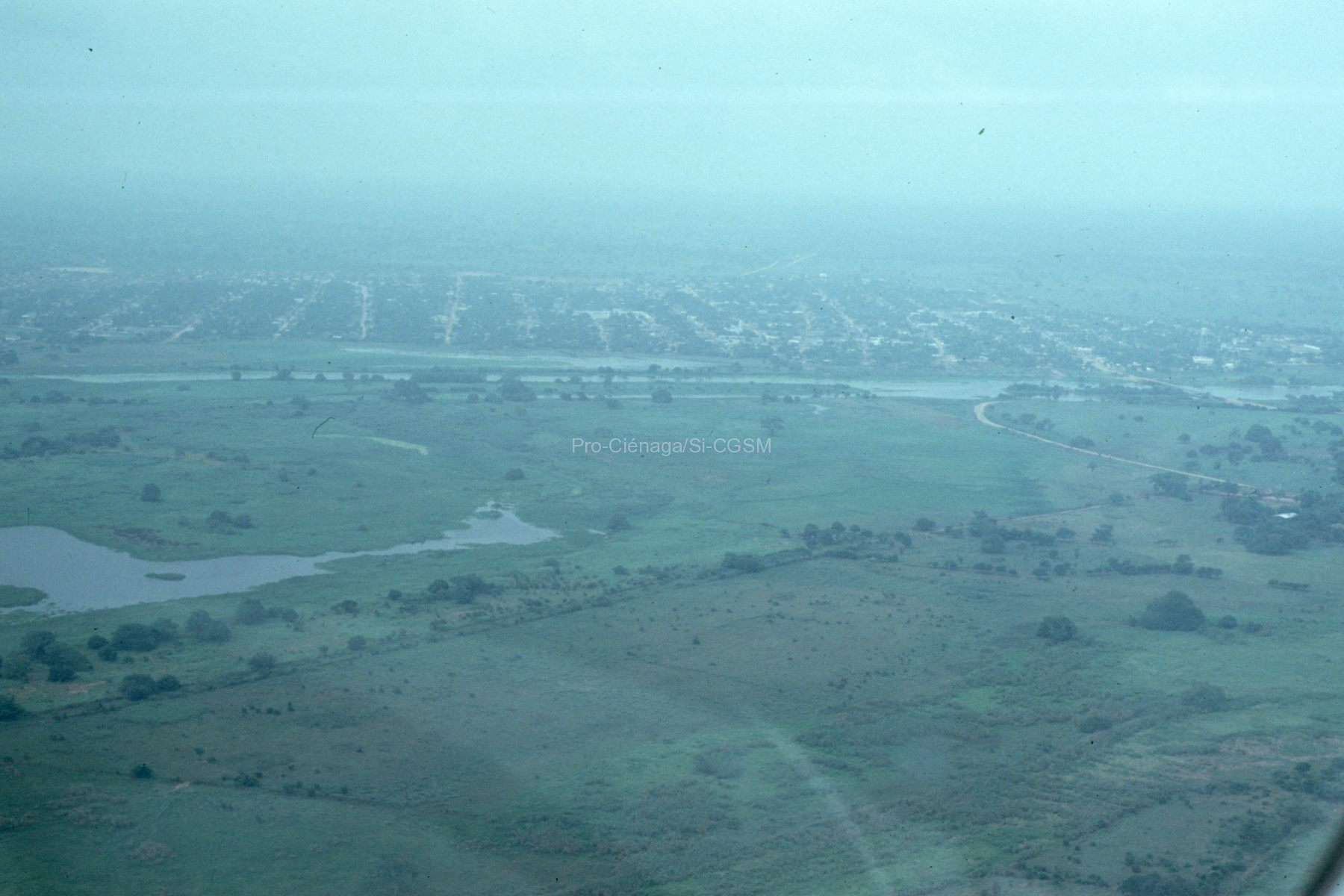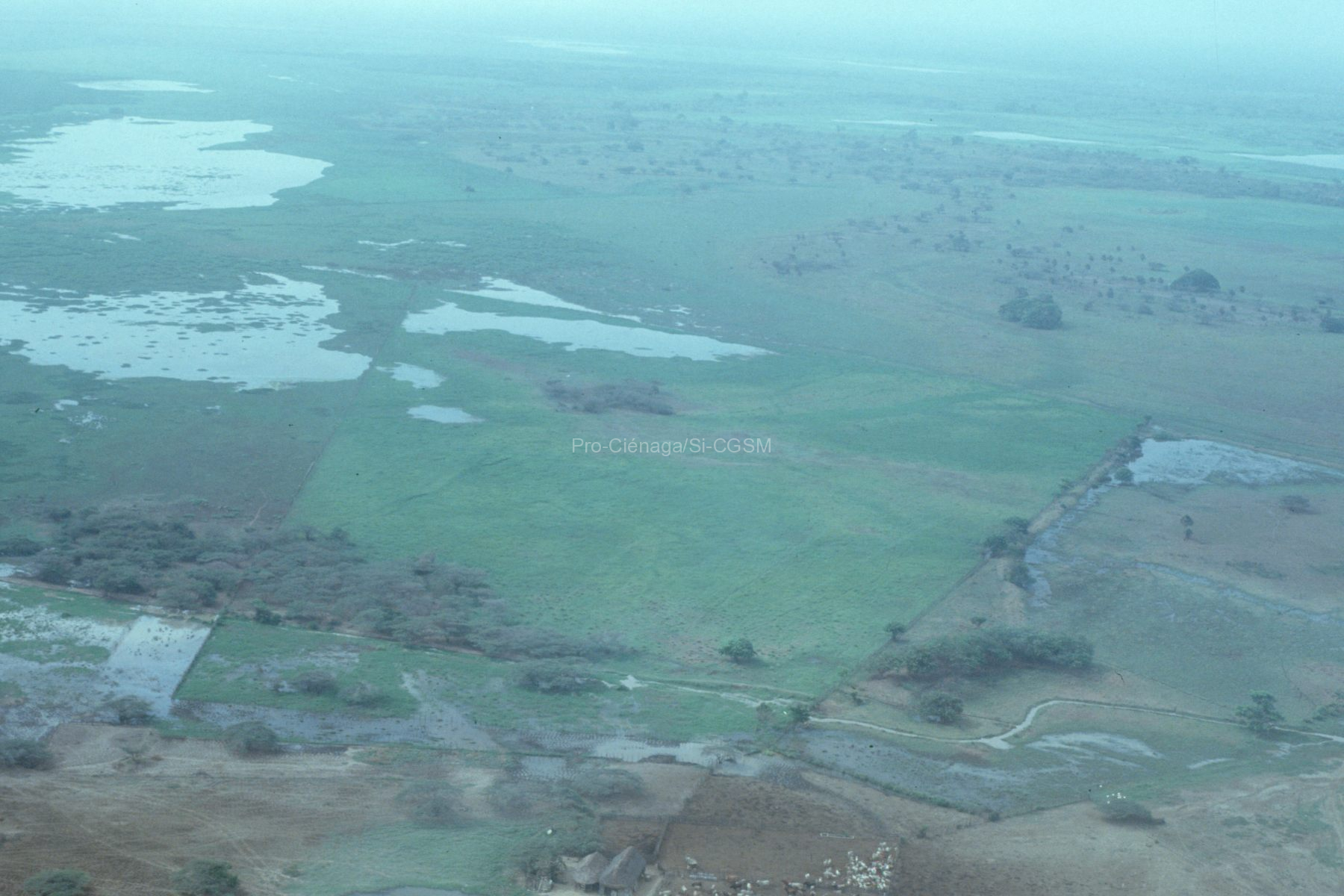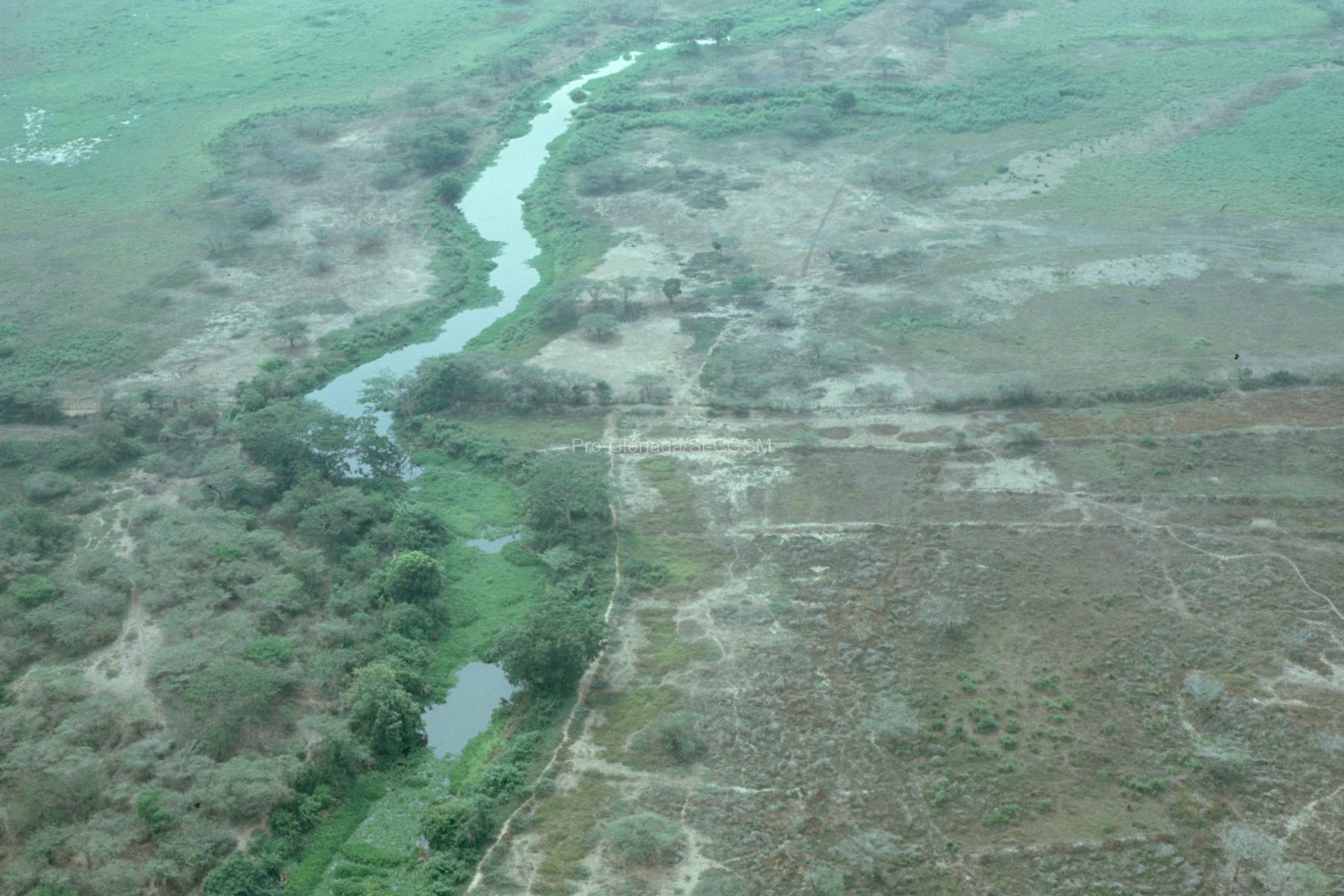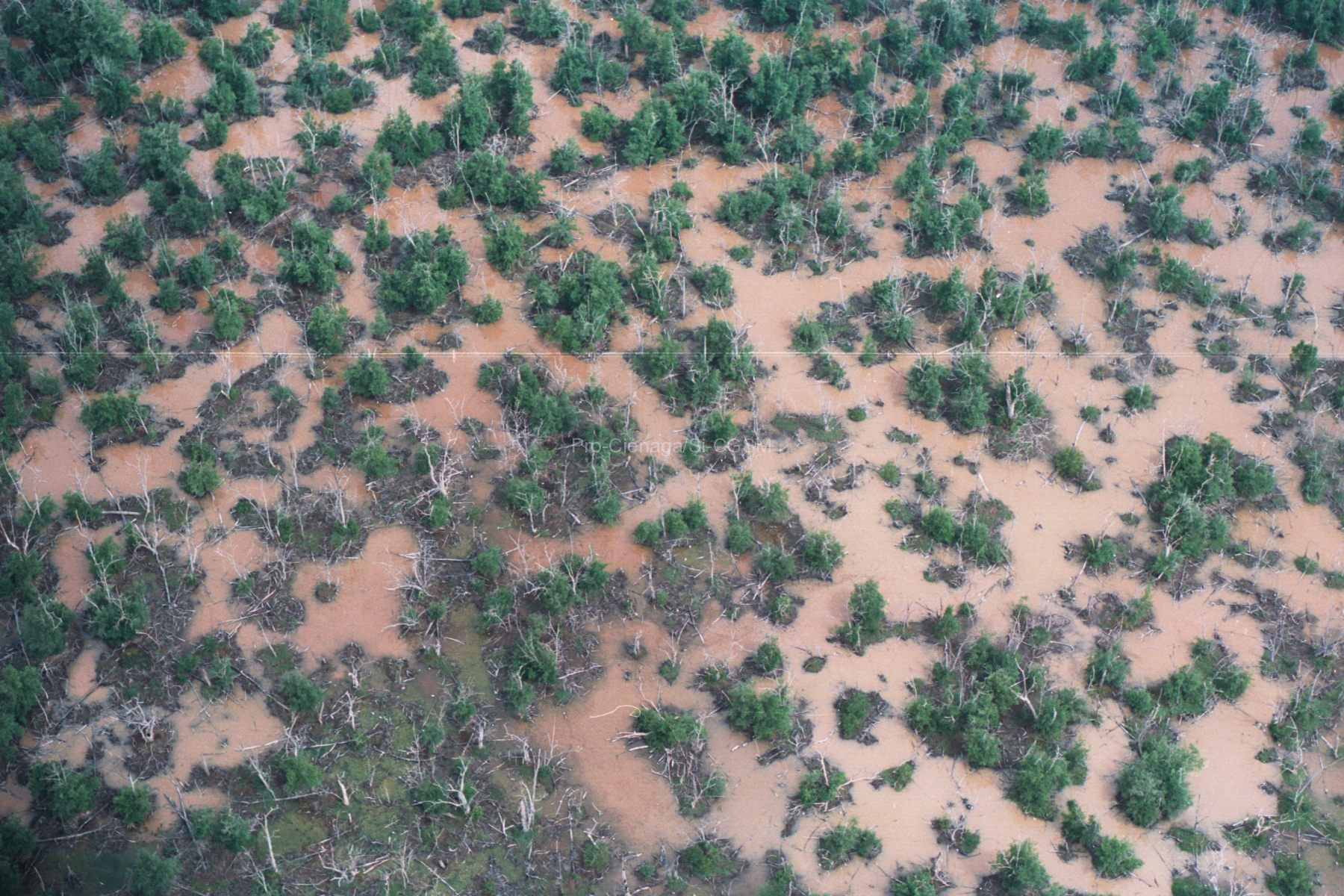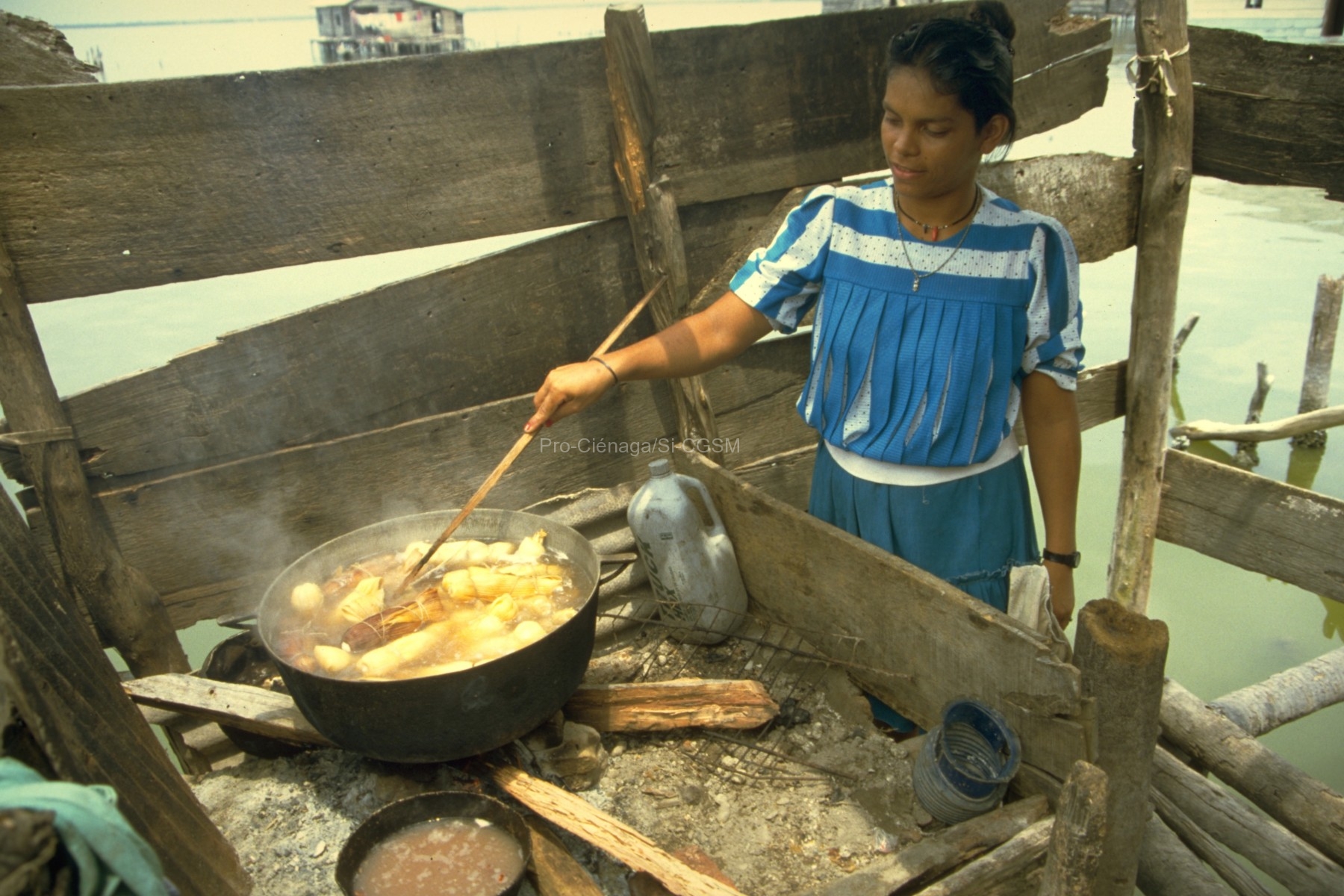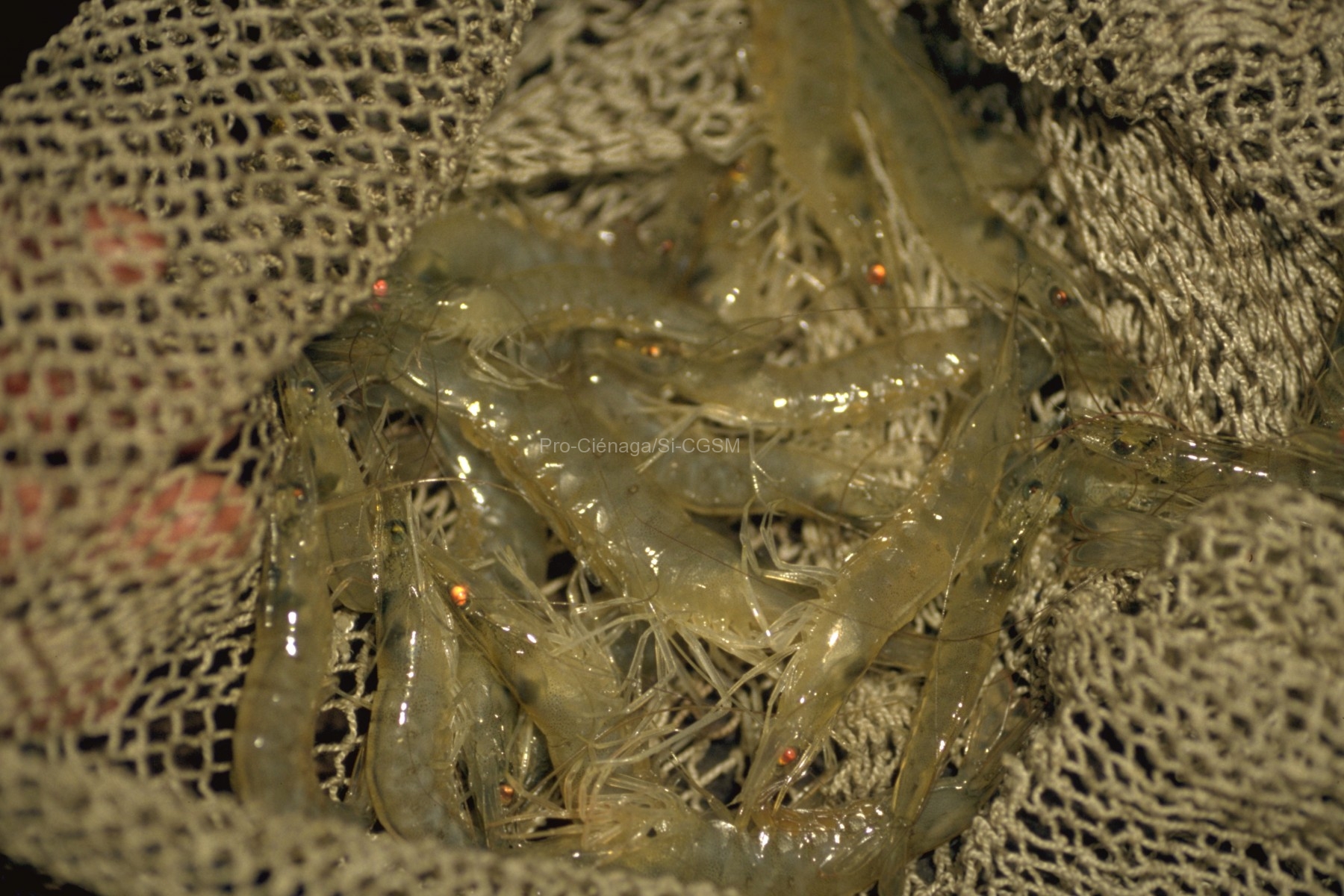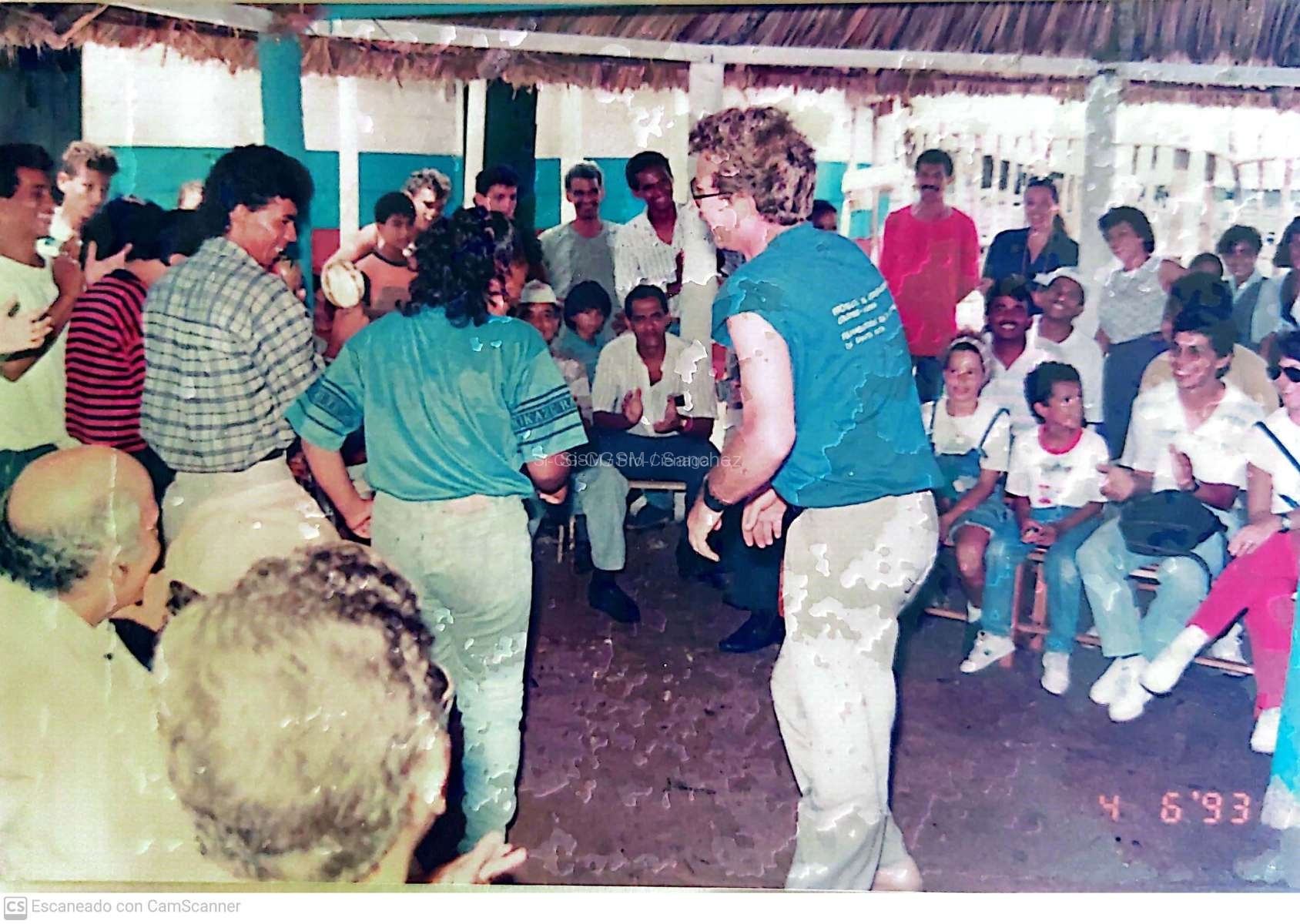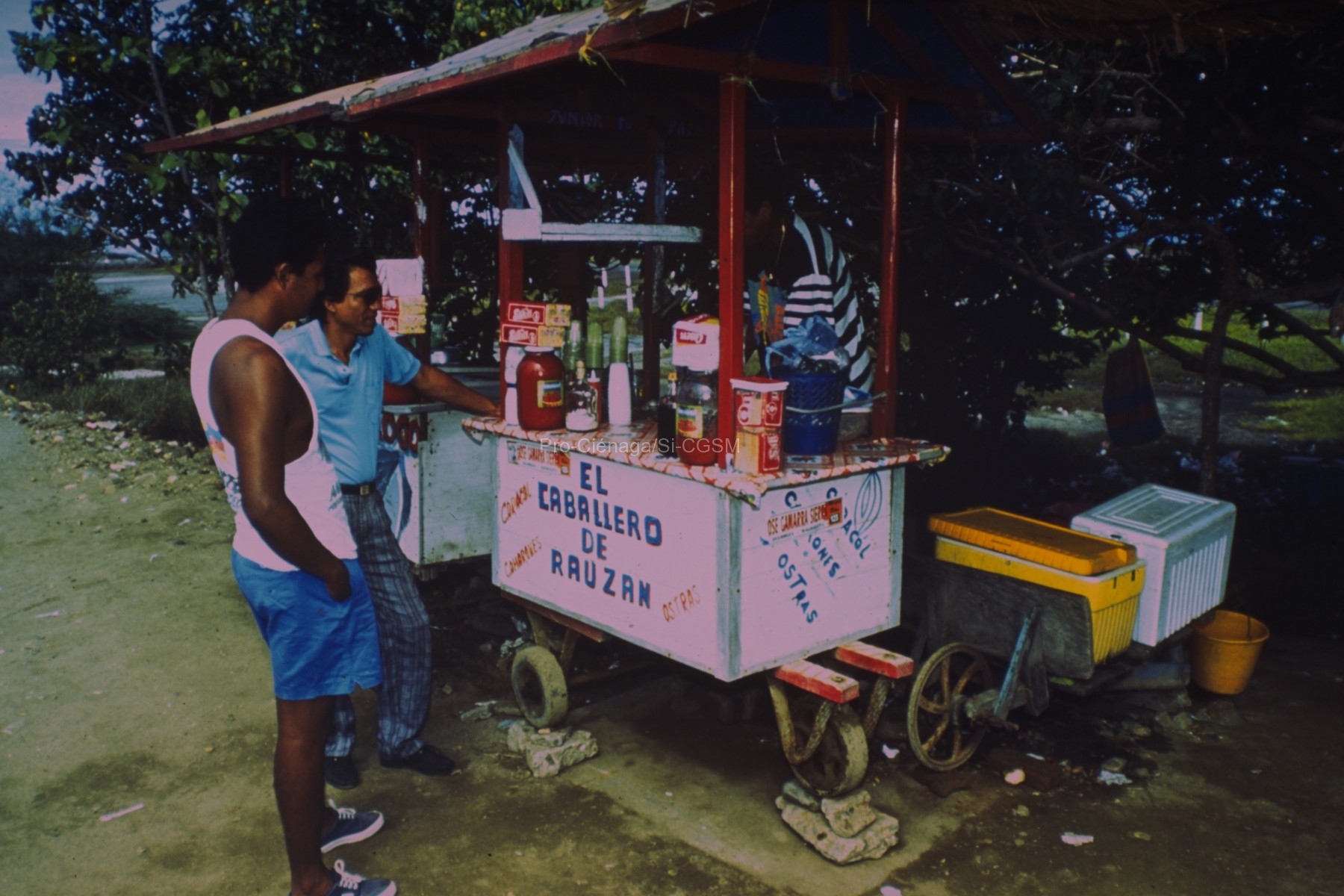DCA Distribution: Podocnemis lewyana is known definitively from the Rio Magdalena and Rio Sind river basins in Colombia. However, Pauler and Trebbau (1995) found a single...
Seguir leyendo...Artículo de revista académica
IUCN SSC Amphibian Specialist Group. (2020f). Phyllomedusa venusta. The IUCN Red List of Threatened Species 2020: e.T55869A54347928
https://www.iucnredlist.org/species/55869/54347928 Range Description: This species occurs widely in northwestern Colombia and the Magdalena Valley, extending into adjacent Panama, where it is known from two sites in...
Seguir leyendo...IUCN SSC Amphibian Specialist Group. (2020e). Leptodactylus poecilochilus. The IUCN Red List of Threatened Species, e.T57158A54352086.
https://www.iucnredlist.org/species/57158/54352086 Range Description: This species occurs in South America near the coast in north-central and northeastern Colombia and in northwestern and north-central Venezuela. It is a...
Seguir leyendo...IUCN SSC Amphibian Specialist Group. (2020d). Leptodactylus insularum. The IUCN Red List of Threatened Species, e.T85854383A85910948.
https://www.iucnredlist.org/species/85854383/85910948 Range Description: This species occurs from Costa Rica through Panamá and along Caribbean drainages of Colombia, Venezuela, and Trinidad as well as islands in the...
Seguir leyendo...IUCN SSC Amphibian Specialist Group. (2018). Elachistocleis panamensis. The IUCN Red List of Threatened Species 2018: e.T57761A54352363.
https://www.iucnredlist.org/species/57761/54352363 Range Description: This species is reported in Mesoamerica from the Central Panama lowlands; it is also present in Colombia. The range map for this species...
Seguir leyendo...IUCN SSC Amphibian Specialist Group. (2020b). Caecilia subnigricans. The IUCN Red List of Threatened Species, e.T59528A85910814.
https://www.iucnredlist.org/species/59528/85910814 Range Description: This species occurs in the Pacific coast of western Colombia in the Chocó region, from close to the Ecuador border, north to the...
Seguir leyendo...IUCN SSC Amphibian Specialist Group. (2020a). Boana pugnax. The IUCN Red List of Threatened Species, e.T55618A54347281.
https://www.iucnredlist.org/species/55618/54347281 Range Description: This species is found in Panama, Colombia, and Venezuela. In Panama, it is found in the Chitiqui lowlands, Azuero Peninsula and Río Bejuco....
Seguir leyendo...Ibáñez, R., Jaramillo, C., Urbina, N., Ramírez Pinilla, M., Ines, H. A., Renjifo, J., Schargel, W., & Rivas, G. (2020). Micrurus dumerilii. The IUCN Red List of Threatened Species, e.T203625A2769207.
https://dx.doi.org/10.2305/IUCN.UK.2020-3.RLTS.T203625A2769207.en Range Description: This species occurs from the Pacific lowlands of Panama (Jaramillo et al. 2010) southward into western Colombia, northwestern Ecuador (west of the Andes);...
Seguir leyendo...Ibáñez, R., Jaramillo, C., Stafford, P., McCraine, J. R., Renjifo, J., Gutiérrez-Cárdenas, P., Caicedo, J., & Rivas, G. (2015). Micrurus dissoleucus. The IUCN Red List of Threatened Species, e.T177541A1492439.
https://doi.org/10.2305/IUCN.UK.2015-4.RLTS.T177541A1492439.en Range Description: This species occurs from the Canal Zone in Panama east into northern Chocó region of Colombia, the Caribbean coastal region, lower Magdalena Valley,...
Seguir leyendo...Ibáñez, R., Jaramillo, C., Caicedo, J., Rivas, G., Gutiérrez-Cárdenas, P., Cisneros-Heredia, D. F., Nogueira, C., & Murphy, J. (2019). Pseudoboa neuwiedii. e.T203579A2768899.
https://doi.org/10.2305/IUCN.UK.2019-3.RLTS.T203579A2768899.en Range Description: Range extends from Panama into South America, where it is known from Colombia, Venezuela, Trinidad and Tobago (Murphy 1997), Brazil (Martins and Oliveira...
Seguir leyendo...
